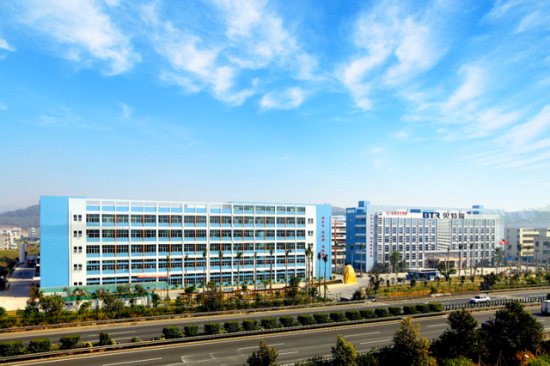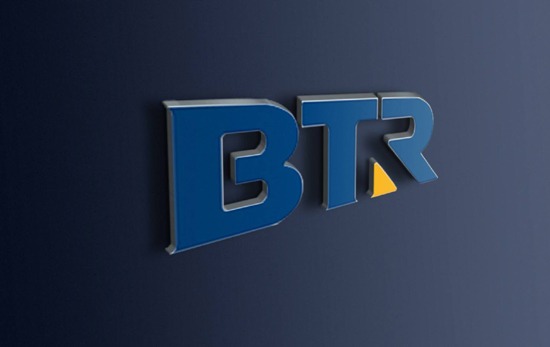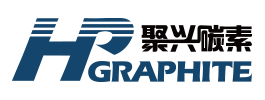【Anode】How Did BTR Dominate the Lithium Battery Material Industry?

With the rapid development of the electric vehicle and energy storage markets, the demand for graphitized petroleum coke is also increasing. Especially in high-performance lithium batteries, the growing demand for anode materials is further driving the market demand for graphitized petroleum coke.
【Anode】How Did BTR Dominate the Lithium Battery Material Industry?
Recently, the first industry standard for silicon-oxygen anodes, drafted with the participation of BTR, was officially released. Prior to this, BTR had also been involved in drafting national standards for graphite anodes, silicon-based anodes, and hard carbon anodes. This highlights BTR's extensive experience, technological accumulation, and undisputed leadership in the anode material sector.
Anchoring Core Development with Diversified Business Expansion
In lithium battery development, anode materials are a key component, directly affecting energy density, charge-discharge rates, and cycle life. High-quality anode materials also enhance safety by reducing risks of overheating, combustion, and explosion. Advancing anode technology is thus crucial for battery innovation.
Founded in August 2000, BTR has been committed to the R&D and production of lithium-ion battery anode materials since its inception. A major breakthrough came in 2002 when BTR successfully penetrated the Japanese-dominated anode material market, achieving localization of natural graphite. This laid a solid foundation for BTR's sustained development in the anode sector.
By 2010, BTR had become the world's leading anode material supplier, maintaining this position for 14 consecutive years. Its undisputed dominance is backed by extensive intellectual property: since 2006, BTR has focused on silicon-based anode materials, overcoming critical challenges such as unstable interfaces, low initial efficiency, and short cycle life. Today, BTR has advanced its silicon-based anode technology to its sixth generation and holds over 650 authorized patents, including more than 100 international ones.

BTR's relentless innovation is evident in its investment strategy. According to its Q3 2024 financial report, the company invested over ¥500 million in R&D from January to September 2024. Beyond anodes, BTR has expanded into cathode and advanced materials, particularly high-nickel cathodes with low cobalt content, achieving breakthroughs in NCA cathode industrialization in 2023. The company is also actively researching next-generation cathodes, including sodium-ion materials, ensuring continued technological leadership.
Capital Expansion and Global Outreach
BTR's market influence is undeniable. According to EVTank, China's anode material shipments reached 1.711 million tons, accounting for 94.1% of global supply, with BTR leading at a 22.74% market share. The rising demand for semi-solid-state, large cylindrical, and high-nickel batteries is expected to drive further growth in silicon-based anodes, providing BTR with an even broader market.
BTR is also accelerating its global expansion. In October 2023, it signed an investment framework agreement with Indonesia's Coordinating Ministry for Maritime and Investment Affairs to build an 80,000-ton-per-year anode material production base in partnership with Singapore's Stellar. This marks China's first overseas anode material project, with the first phase receiving $478 million in investment and reaching production within 10 months. The second phase, with an additional $299 million investment, is under planning. Once both phases are operational, BTR's Indonesian facility will have a total capacity of 160,000 tons per year.

Simultaneously, BTR has launched a cathode project in Morocco, initially targeting a 50,000-ton annual capacity to strengthen its presence in the European market. Plans for a Moroccan anode material facility are also underway. These two major overseas projects—one extending into ASEAN, the other into the Mediterranean—reflect BTR's aggressive global strategy. Beyond production bases, BTR has established offices in Japan, South Korea, and Europe to solidify partnerships with global battery manufacturers and expand its international market share.
From domestic dominance to international expansion, BTR is forging a new path in global markets. In the coming years, its footprint in the overseas battery material industry is set to grow even further.
Feel free to contact us anytime for more information about the artificial graphite anode market. Our team is dedicated to providing you with in-depth insights and customized assistance based on your needs. Whether you have questions about product specifications, market trends, or pricing, we are here to help.
No related results found








0 Replies